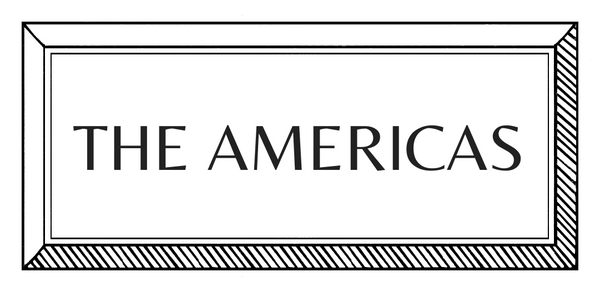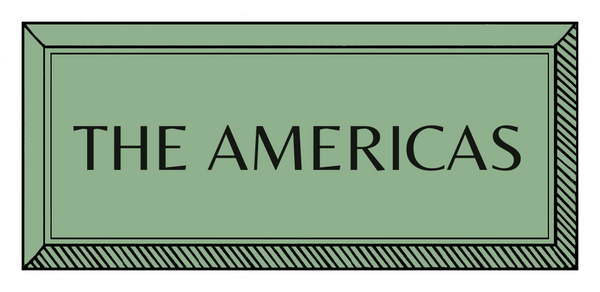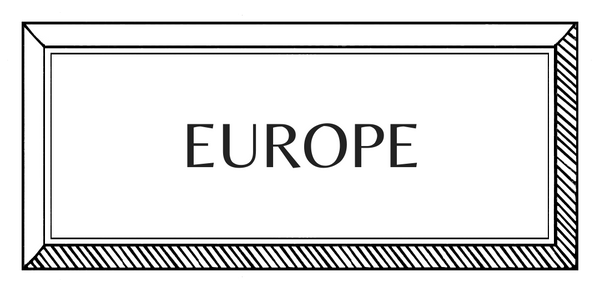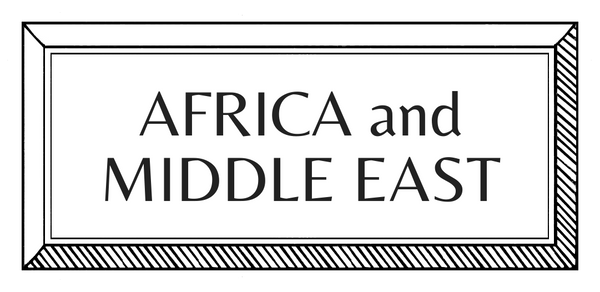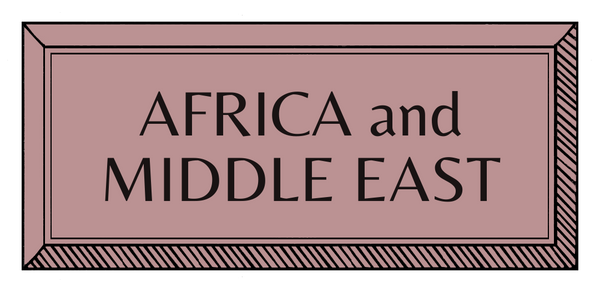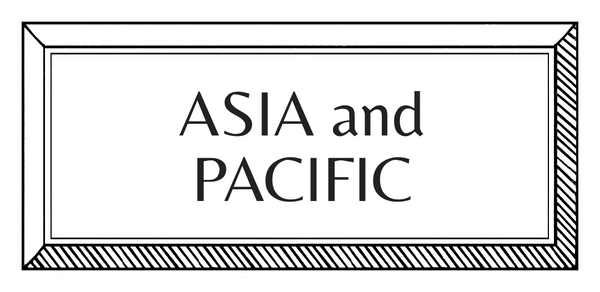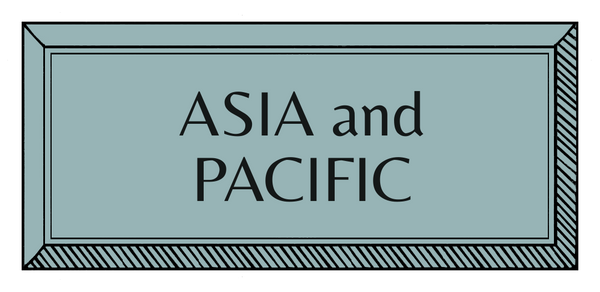CRAFT STORY | ASIA | BHUTAN | MULTIMEDIA
The Choki Art School, Bhutan

Sonam Choki must be one of the most inspiring unsung education leaders in the world. Over two decades ago, alongside her father, she founded Bhutan's renowned Choki Traditional Art School to foster and encourage a practical knowledge of Bhutanese art and craftsmanship. Focusing on endangered crafts - such as Lhadi, the art of sacred painting of gods and myths on wood and canvas; Patra, traditional wood carving; Tshemdrup, embroidery and tapestry work and Thagzo, an intricate form of weaving - the school is dedicated to both the ongoing revival of Bhutanese arts and social enterprise.
How did you begin?
"It all began 25 years ago when my father was approached by a few family members from humble backgrounds with heartfelt requests for him to teach traditional arts and painting to their children. As the founder of the Painting School at Kawajangsa in Thimphu, my father was highly respected. Moved by their plight, he opened our home to them. These children lived with us, alongside my siblings, while my mother lovingly cared for them. Around this time, my elder brother suggested my father establish a formal school with a proper curriculum. Inspired by this idea and his immense love and passion for the arts as well as to help these financially disadvantaged children, he decided to start a school with just five students.
"At this pivotal moment, my father asked me to help him start the school. Though I had just completed higher secondary education, his passion and commitment deeply resonated with me, and I wholeheartedly joined him. Thus, the journey of Choki Traditional Art School (CTAS) began—rooted in compassion and a shared mission to preserve Bhutan’s artistic and cultural heritage."

How did you learn?
"I wouldn’t call myself an artist per se, but in our family we have been brought up with the traditional arts and crafts through our grandfather, father and my elder brother who also owns Choki Handicrafts. Art is something we have been entwined with since our childhood. I have always had a deep appreciation for it. At home, my siblings and I learned traditional drawing from my father, and my father must have seen some capabilities in me, that is why he entrusted me to help establish and run the school.
"My father’s pioneering efforts to create the Government Art School in the early 1970s and his lifelong dedication to traditional arts shaped my understanding of the craft. Though I never formally trained as an artist, his guidance instilled in me a profound respect for Bhutanese art and its importance to our heritage.
"For over two decades, I have served as the school’s principal, overseeing its growth from five students to over 160 today. This journey has not only taught me about administration but also reinforced the importance of preserving our cultural traditions and empowering youth through education."

How do you plan, prepare and create your works?
"With the school’s expansion, we’ve implemented deliberate measures to ensure our programs are structured and impactful with teachers and artisans who bring an expertise and passion. Together, we have developed a comprehensive curriculum and a robust assessment system to monitor student progress and uphold lofty standards.
"This framework not only supports student growth but also ensures that traditional arts remain relevant and vibrant, securing their place in future generations."
Who or what most influences your work?
"The greatest influence on my work comes from our beloved monarchs, the King and Queen, whose vision and dedication to preserving Bhutan’s cultural heritage inspires us daily. Their commitment to sustaining traditional arts serves as a guiding light for our efforts. The students themselves are equally inspiring. Many are from underprivileged backgrounds, yet their passion, resilience, and determination to master their craft and build a brighter future remind me of the transformative power of education.
"I am also incredibly grateful to have wonderful families who supported me and helped me to reach where we are today and, most importantly, I was fortunate to have my brother Kuenzang, himself a patron of artisans. I am also truly fortunate to have many wonderful well-wishers and supporters from abroad and within Bhutan who have also played a vital role in reaching where we are today.
"Finally, my father remains the most profound influence on my life and work. His pioneering efforts to establish the Government Art School in the early 1970s and his unwavering devotion to traditional arts laid the foundation for CTAS. His vision continues to guide us, emphasizing both cultural preservation and creating opportunities for those in need."

What does a typical day look like?
"A typical day at Choki Traditional Art School begins with purpose and energy. Students start the day at 5 AM with prayers, fostering discipline and respect for our cultural heritage. They then immerse themselves in their chosen crafts—painting, wood carving, tailoring, embroidery, or weaving—under the guidance of skilled teachers.
"As the principal, I focus on administrative tasks, curriculum updates, and addressing challenges faced by students and staff. I also spend time observing classes and engaging with students, gaining insights into their progress and aspirations.
"Sustainability is an ongoing challenge. Since we provide free education to students from underprivileged backgrounds, we rely entirely on the generosity of well-wishers. Finding long-term solutions to sustain the school is a constant priority.
"Planning events like exhibitions and cultural celebrations is another important part of my day. These activities not only showcase our students’ talents but also help them build confidence and additional skills. While each day brings challenges, the joy of witnessing our students thrive makes every effort worthwhile."

Interview by Cosmo Brockway
Images from Choki Traditional Art School






